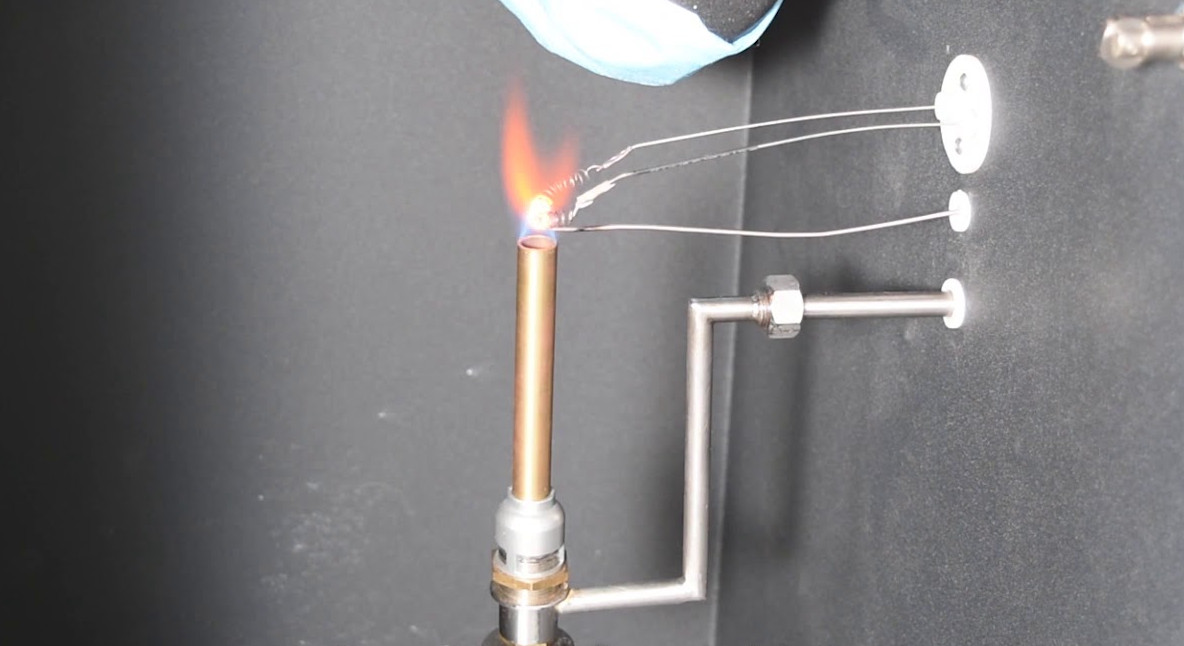- Qinsun Instruments Co., Ltd.
- Tell:+86-21-6780 0179
- Phone:+86-17740808215
- Address:No. 2578 Minhang District Gu Dai Road, Shanghai
- Contact:Mr. Li
- QQ:846490659
Ensuring your Safety: A 'How-To' Guide for Face Mask Flame Retardancy Testing

To ensure the safety of the mask, the following are general operating guidelines for Face Mask Flame Retardancy Testing. Please note that specific testing methods may vary based on different standards and regulations. It is recommended that tests be performed in accordance with applicable standards and that relevant safety and laboratory procedures be followed.
1. Test standard selection:
- Determine the applicable Face Mask Flame Retardancy Testing standards, which may include international standards (such as ISO), American standards (such as ASTM) or other regional standards.
2. Laboratory preparation:
- Ensure that the laboratory complies with appropriate safety standards and requirements.
- Prepare required testing equipment and instruments, including flame retardancy testing equipment.
3. Sample preparation:
- Prepare representative samples of masks to ensure they meet the requirements in the testing standards.
- Depending on the requirements of the standard, different parts of the mask may need to be considered, such as fabric and ear loops.
4. Test condition setting:
- Set test conditions, including temperature, gas composition, etc. Ensure compliance with the requirements of the selected standard.
5. Test procedure:
- Place mask samples in flame retardant testing equipment.
- Conduct tests according to procedures specified in the standard, including exposure to flame or other ignition sources, and record relevant data.
6. Evaluation of test results:
- Evaluate the performance of masks in flame retardant tests according to the requirements of test standards.
- Results may include pass/fail determinations, and associated performance metrics.

7. Reports and Records:
-Write detailed test reports including test conditions, sample information and test results.
- Keep records for future reference.
8. Compliance Assessment:
- Compare test results with applicable regulations and standards to ensure the mask's flame retardancy meets requirements.
The specific Face Mask Flame Retardancy Testing steps and requirements should be adjusted according to the selected standard. At the same time, it is recommended to consult a professional laboratory or technical expert before conducting the test to ensure the accuracy and reliability of the test.





